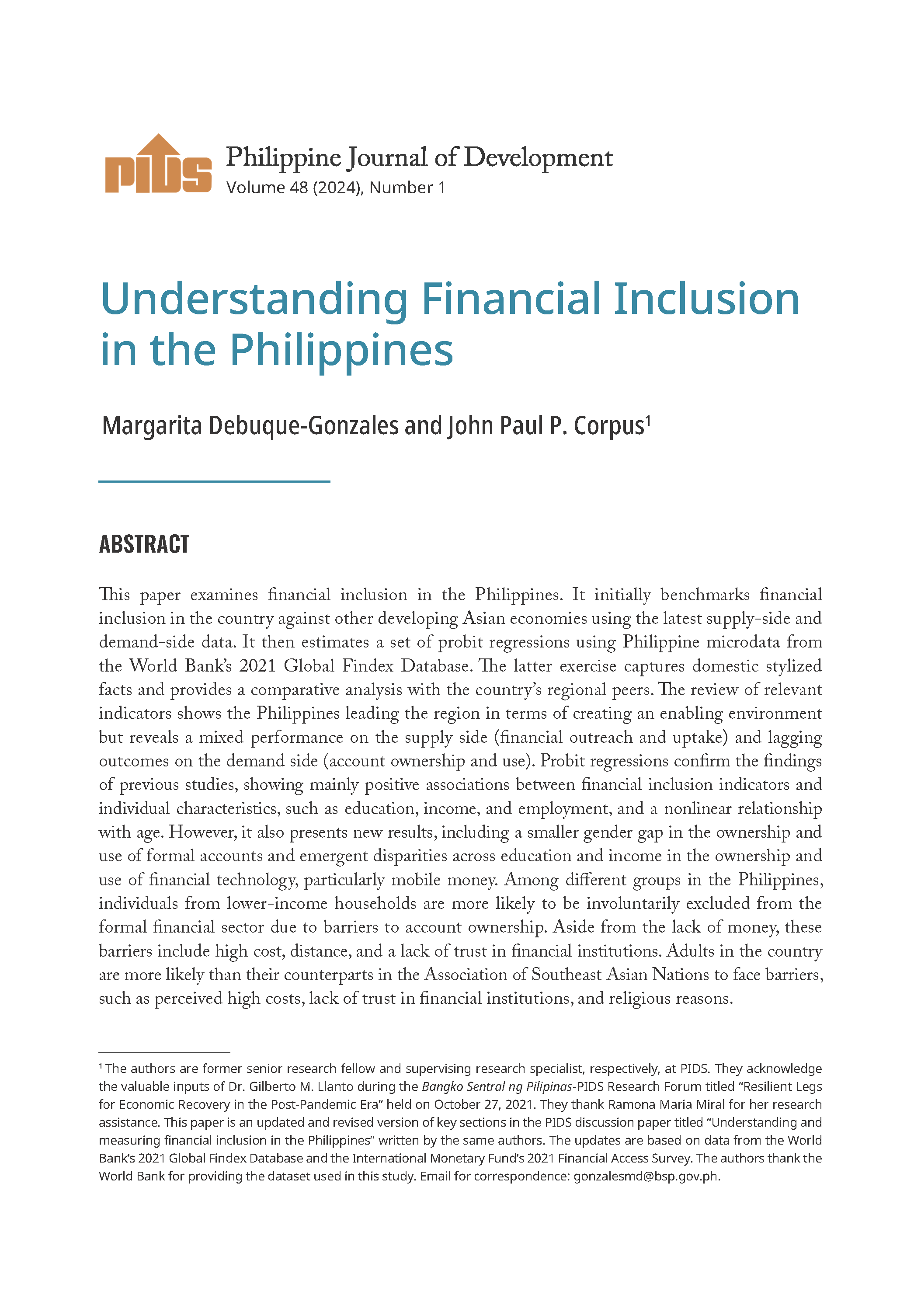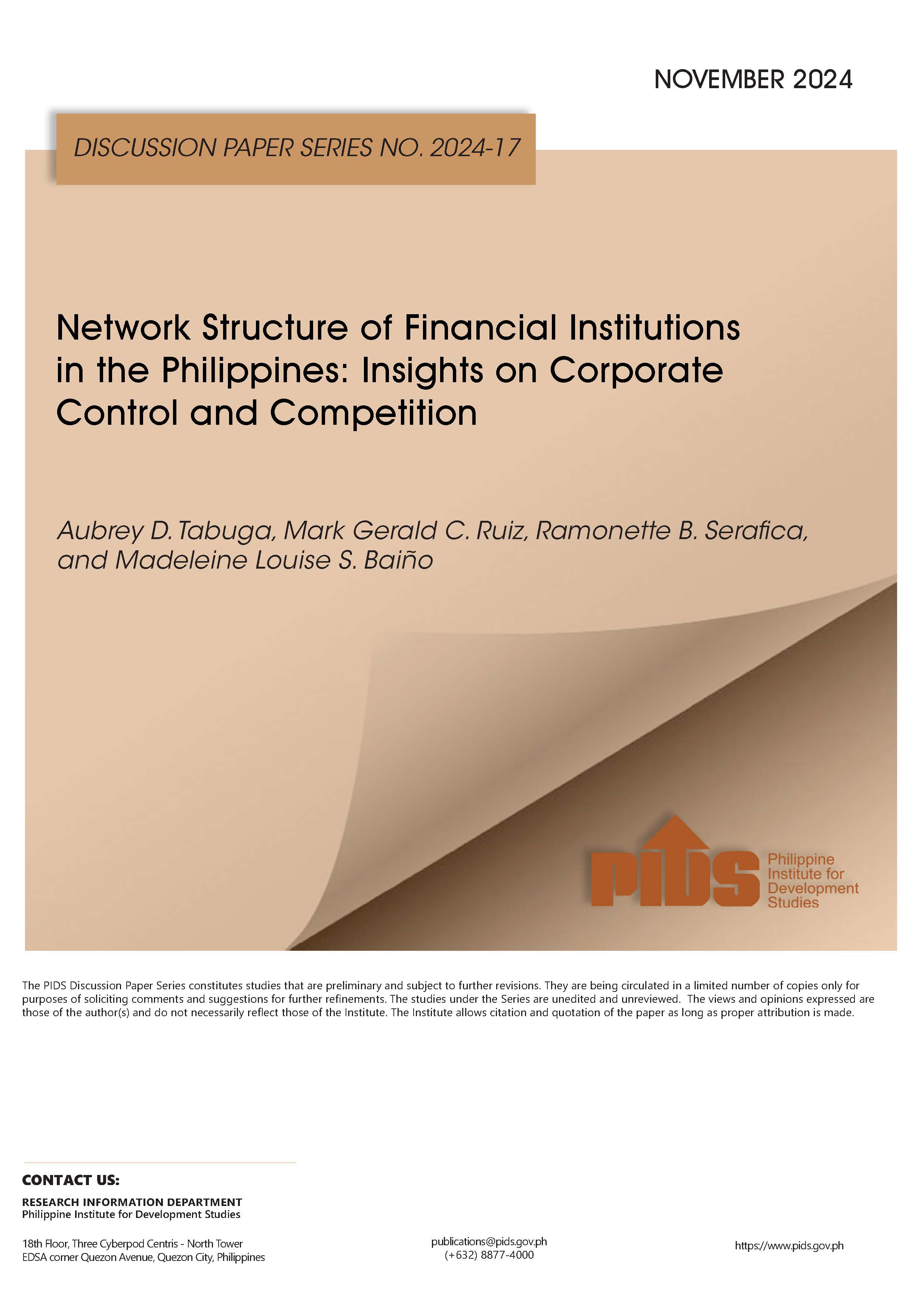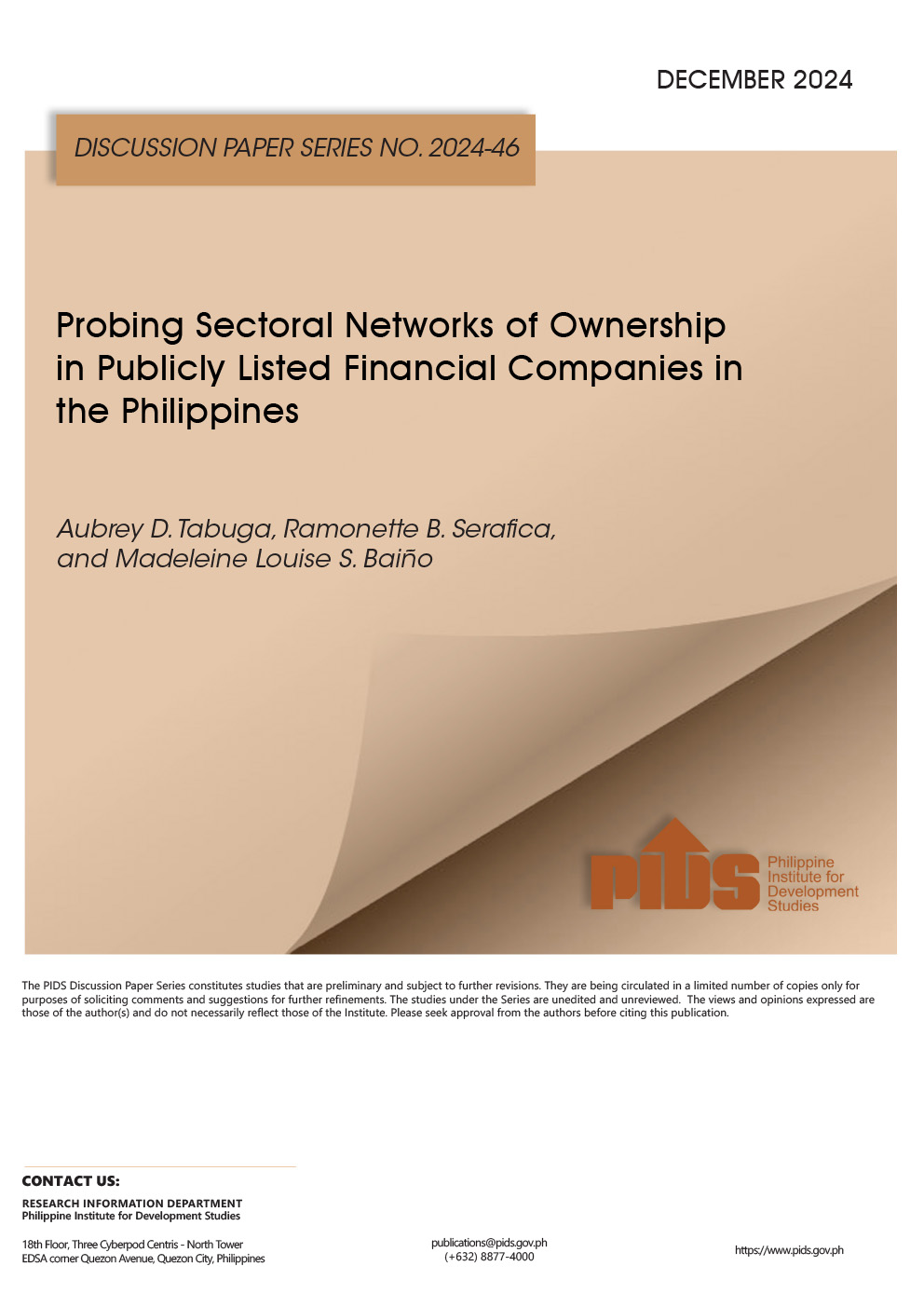MANILA, Philippines — The country’s foreign exchange buffer slipped in March as the Bangko Sentral ng Pilipinas (BSP) and the national government tapped foreign currency holdings to meet debt obligations and temper peso volatility.
Data released by the central bank showed that the country’s gross international reserves (GIR) declined by 1.1 percent to $106.2 billion as of end-March from $107.4 billion in February.
“The month-on-month decrease in the GIR level reflected mainly the drawdowns by the national government on its foreign currency deposits with the BSP to meet its external debt obligations and the BSP’s net foreign exchange operations,” the central bank said.
Despite the month-on-month decline, the BSP said the reserve level remains a robust external liquidity buffer, equivalent to 7.3 months’ worth of imports and 3.7 times the country’s short-term external debt based on residual maturity.
The GIR is the sum of all foreign exchange flowing into the country and serves as a buffer to ensure that it will not run out of foreign exchange that it can use in case of external shocks.
By convention, GIR is viewed to be adequate if it can finance at least three months’ worth of the country’s imports of goods and payments of services and primary income.
The buffer is also considered adequate if it provides at least 100 percent cover for the payment of the country’s foreign liabilities, public and private, falling due within the immediate 12-month period.
Analysts said the drop in reserves was expected and not a cause for concern.
John Paolo Rivera, senior research fellow at the Philippine Institute for Development Studies, said the decline could be attributed to a combination of valuation adjustments and foreign exchange operations.
“The BSP may have intervened in the forex market to smooth out volatility or temper excessive peso depreciation in March. Any dollar selling to stabilize the peso would naturally reduce reserves,” Rivera said.
“Despite the decrease, the GIR remains very comfortable... still providing a strong buffer against external shocks,” he added.
Michael Ricafort, chief economist at Rizal Commercial Banking Corp., said the March drop in reserves was partly tied to market volatility triggered by geopolitical developments, including the expected higher import tariffs under US President Donald Trump.
Based on BSP data, foreign investments declined by 1.7 percent to $88.6 billion from a month ago, while foreign exchange holdings dropped by 38.2 percent to $498.2 million, their lowest level since May 2015.
These outflows were partly offset by a $713-million rise in gold holdings, thanks to a nearly 9.3-percent increase in world gold prices during the month.
“Gold holdings rose to a new high of $12.8 billion, reflecting the flight to safe havens amid global market volatility,” Ricafort said.
“The GIR remains among the highest levels in recent months and continues to reflect the country’s strong external position,” Ricafort added.
On a year-on-year basis, the GIR went up by 2.1 percent from $104.1 billion, although it remains below the record $112.7 billion seen in September 2024.
Ricafort also said that the GIR has stayed above the $100-billion mark for 18 consecutive months, supporting the peso’s stability and the country’s credit ratings.
The BSP expects the country’s dollar reserves to hit $105 billion in the next two years.







